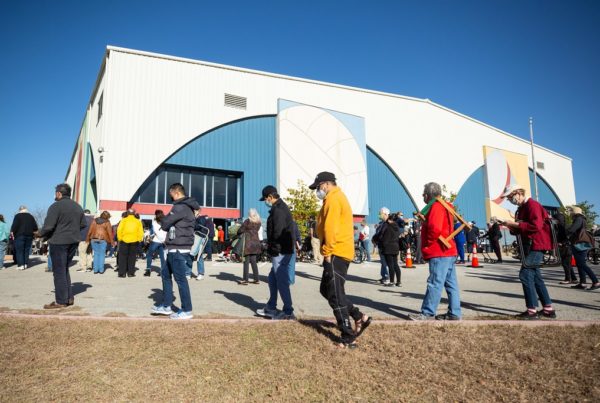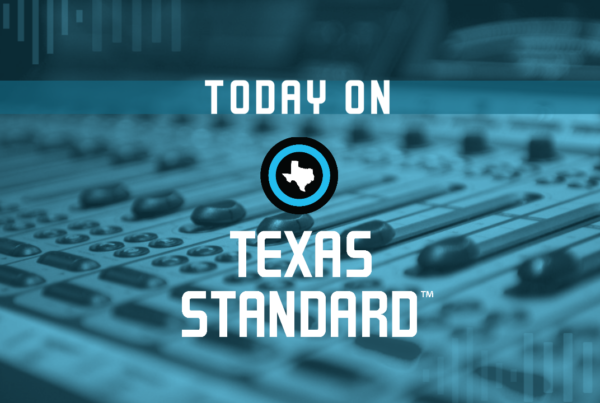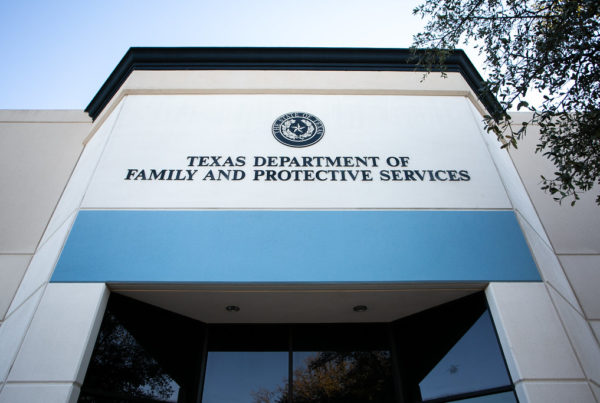The state’s Chapter 313 program, which greatly reduces the tax burden for many big corporations building new projects in Texas, is up for renewal by the Legislature. Those incentives come in the form of tax breaks on school district property taxes.
Originally, businesses got $2 billion in tax breaks from the state, but the Chapter 313 program has expanded to 500 projects, with a total current cost to taxpayers of $11 billion.
On Thursday, The Standard talked about how school districts have had to battle some companies because those businesses now think their tax rates are too high, even after receiving incentives to move to Texas.
Houston Chronicle reporter Mike Morris was part of a team that looked under the hood of the 313 program to see how much it actually costs Texans, in the interest of propping up businesses. Morris told the Standard that the annual cost of the 313 program is expected to top $1 billion within the next two years.
“That’s money the Legislature doesn’t have for roads, health care and many other programs,” Morris said.
Because of the way the state funds public education, tax breaks approved by local school districts don’t cost the districts revenue, but the shortfall hits the state budget.
“[It] forces lawmakers to allocate more general revenue, the money all of us pay – think sales taxes – to plug that hole,” Morris said.
School districts have incentives to give tax breaks to businesses, not only because the state will fund the missing revenue, but because the school districts can separately negotiate payments from the businesses.
Companies that have benefited from the program include Exxon Mobil, Chevron Phillips Chemical and Dow. And though the program is intended to support companies moving to Texas, many firms that benefit have gotten tax breaks for expanding their footprints in the state.
“Our review found dozens of cases where companies announced the projects ahead of time,” Morris said. “In some cases, they’d even started construction. And they got the subsidies anyway.”
Morris said around one-sixth of Texas school districts have given companies tax breaks that are covered under the 313 program.
“The sorts of projects that companies typically submit simply aren’t built in every area of the state,” he said. “A majority of the tax breaks being offered in 2021 are concentrated in just eight or 10 districts along the coast that are petrochemical hubs.”
And the Chronicle investigation found school districts often don’t reap the promised benefits of business expansion. Though the agreements often require a commitment to create jobs, those agreements are often waived. And by the time the businesses receiving tax breaks have started paying school taxes again, the facilities are beyond their peak earnings, Morris says.
“Often, projects are paying workers less than the local average manufacturing wage, because the wage targets are set at the start of the agreement, and they never increase,” he said.














